Inkeep has launched its new platform, Agent Builder. This AI development tool lets tech and non-tech teams collaborate. They can build, enhance, and roll out AI assistants and workflows together. This tool is made for customer experience (CX), go-to-market (GTM), and operations teams. It’s a major step for improving customer engagement and increasing operational efficiency.
What Agent Builder Offers
Agent Builder bridges developer-centric frameworks and business-user visual tools. Key features include:
A TypeScript SDK lets developers sync with an easy drag-and-drop visual editor. This makes switching between coding and visual workflows simple and smooth for business users.
A team space where operations, support, marketing, or GTM groups can visually refine agent logic. At the same time, engineering handles the core code. This approach avoids version conflicts and vendor lock-in.
This system is built on open protocols and interoperability standards. It supports MCP endpoints (model-context protocol) and A2A (agent-to-agent) communication. It also connects with popular LLM platforms like ChatGPT and Claude.
Focused workflows feature CX assistants, internal copilot agents, content-generation agents, and GTM/operations automation. These plug-and-play agents work well with company tools and data sources.
According to Inkeep co-founder Nick Gomez, “Our mission is to make building intelligent, collaborative agents as natural as building a modern web app.”
Implications for the Customer Experience Industry
This launch comes as the customer-experience industry is changing quickly. The old model of support tickets, chatbots, and separate GTM tools is changing. Now, we have real-time, agent-driven workflows. These workflows cover pre-sales, onboarding, engagement, and retention.
Democratization of Agent Creation
With Agent Builder, business teams can create AI assistants without relying only on engineers. Non-technical teams can visually create or refine agents. This speeds up time-to-value. It lets CX, marketing, and operations teams manage their automation plans.
Seamless Collaboration Between Dev and Business
In many organizations, friction arises when engineering builds an AI tool but business teams struggle to adjust or iterate it. Inkeep provides bidirectional sync between code and visual UI. This helps unite developer speed with business flexibility. As a result, teams can iterate quickly and improve continuously.
Also Read: M-Files Launches Workspaces for Smarter Document Management
Shift from Reactive Support to Proactive Engagement
Agent Builder supports agents that can perform tasks-e.g., triaging customer queries, initiating workflows, escalating issues, and driving GTM activation. This enables companies to move beyond reactive support into proactive engagement, personalization and workflow automation-core demands in modern CX.
Multi-Channel, Multi-Agent Ecosystems
Given the explosion of channels (chat, SMS, in-app support, email, voice), the need isn’t just for a single chatbot-it’s for a team of specialized agents. Inkeep’s platform supports multi-agent architecture and orchestration (agent-to-agent communication), aligning with how CX will be managed in future.
Effects on Businesses Operating in the CX Ecosystem
For companies embedded in customer experience operations, agencies, platform vendors and service-providers, here are tangible business implications:
Operational Benefits:
Reduced time for building or refining AI assistants: teams can spin up agents faster, iterate promptly and adjust workflows without full engineering cycles.
More personalized, timely customer interactions: agents that understand context, escalate when needed and integrate across tools boost CX quality and efficiency.
Lower cost of ownership: A platform enabling both business- and developer-users reduces reliance on specialized AI engineering teams for every change.
Strategic Advantages:
Competitive differentiation: Brands that use advanced AI systems for support, onboarding, and go-to-market strategies will improve customer experience.
Engage customers with agents to boost retention and activation. This can lead to more product use and higher lifetime value.
Agencies and tech vendors can enhance AI-agent services. They can do this by embedding platforms like Agent Builder.
Challenges & Considerations:
Change-management: Business users must adapt to new workflows and understand agent-design principles (even in visual form). Training and governance are still required.
Data & integration maturity: Agents need access to quality data, documentation, CRM and support systems. Companies must ensure downstream integrations are solid.
Governance and trust: More autonomy means more risk. Companies should set clear guardrails. They must keep audit logs and adopt responsible AI practices. This helps avoid errors and protect their brand.
ROI clarity: Deployment is faster, but businesses need clear metrics to measure success. These include ticket deflection, time-to-resolution, customer satisfaction uplift, and cost savings.
What CX Teams Should Do Now
To take full advantage of this launch and align with the evolving CX landscape, companies should consider:
Identify employee roles and workflows that AI agents can improve:
Support
Onboarding
Go-to-market
Operations
Identify key use cases: Which tasks are manual and repetitive, making them good for automation? Achieving early wins can create positive momentum.
Assess data readiness: Review your knowledge bases, CRM integrations, and support documentation. Agents function best when supported by organized and accessible data.
Encourage teamwork across functions: Use Agent Builder’s visual design to unite engineering and business teams. They can test workflows, improve agents, and make changes early on.
Set up measurement frameworks.
Define success metrics such as:
Reduced manual workloads
Improved NPS
Quicker onboarding
Increased product adoption
Track results after deployment.
Govern and scale with care. First, set up audit trails. Then, use agent approval processes. Check brand tone for consistency. Lastly, ensure compliance controls are in place before expanding widely.
Conclusion
Inkeep’s Agent Builder represents a big step forward in customer experience. It lets developers and business teams work together to create AI agents. This tool helps unify workflows and scale customer engagement smartly. For organizations ready to embrace this, the opportunity goes beyond automation. It’s about turning customer experience (CX) from a support cost center into a strategic growth engine.
Agent Builder helps businesses mix support, marketing, GTM, and operations. This tool creates smooth, proactive, and tailored experiences at scale. The future of CX isn’t just about humans and bots. It’s about humans and agents working together for great customer results.
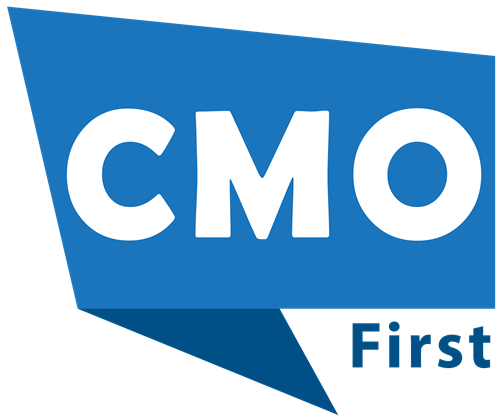







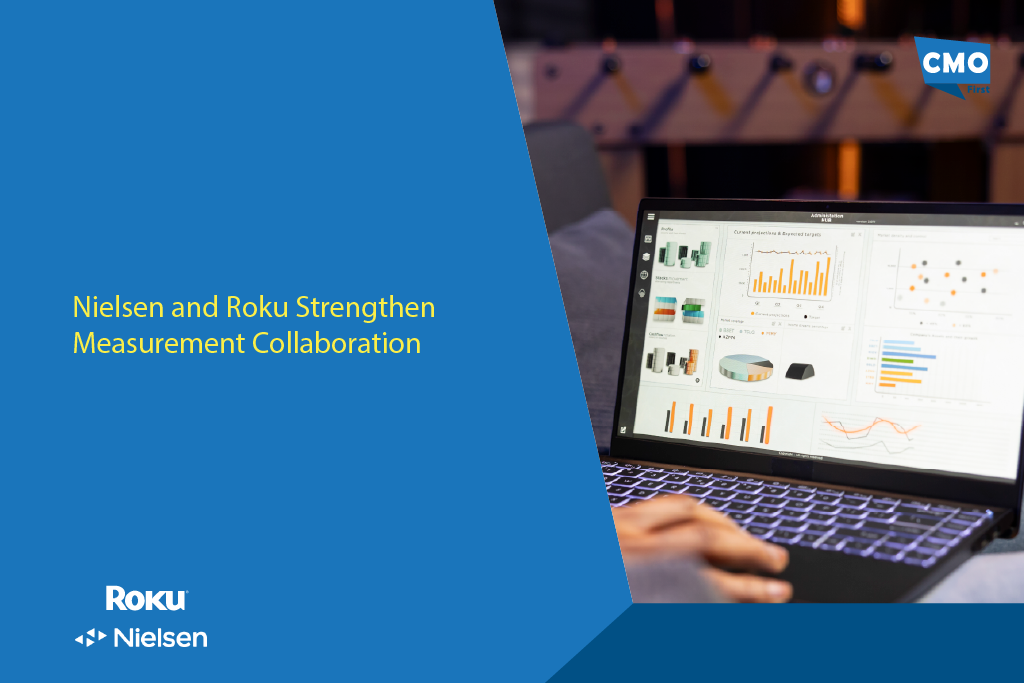



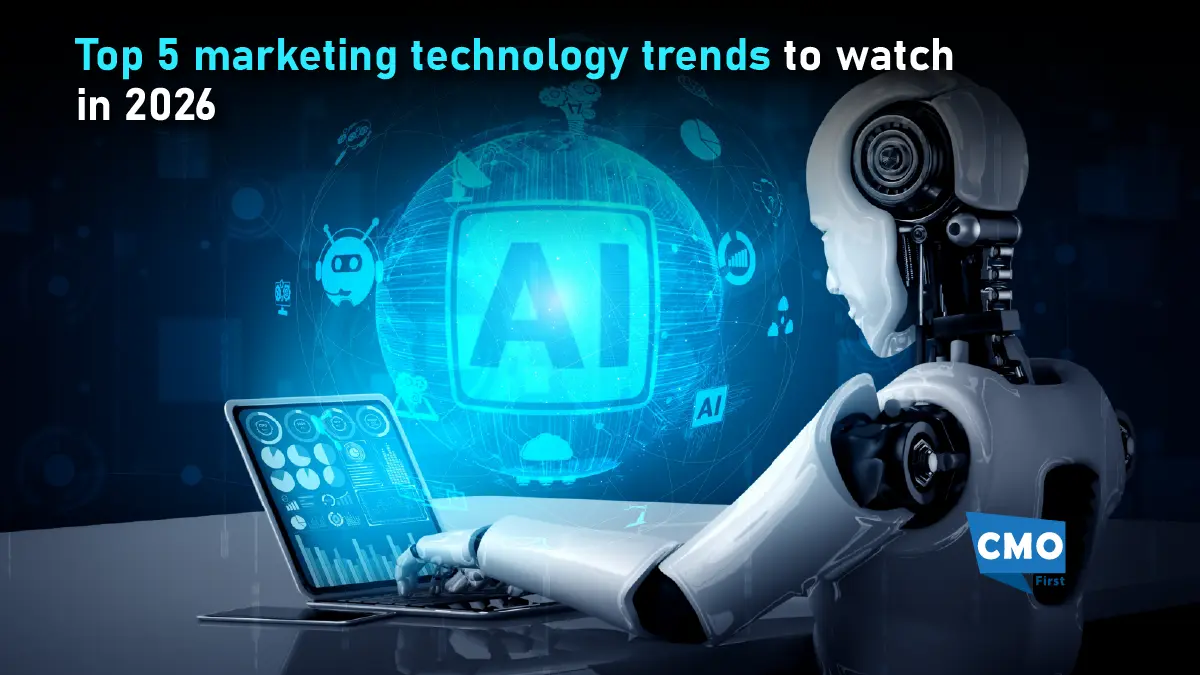

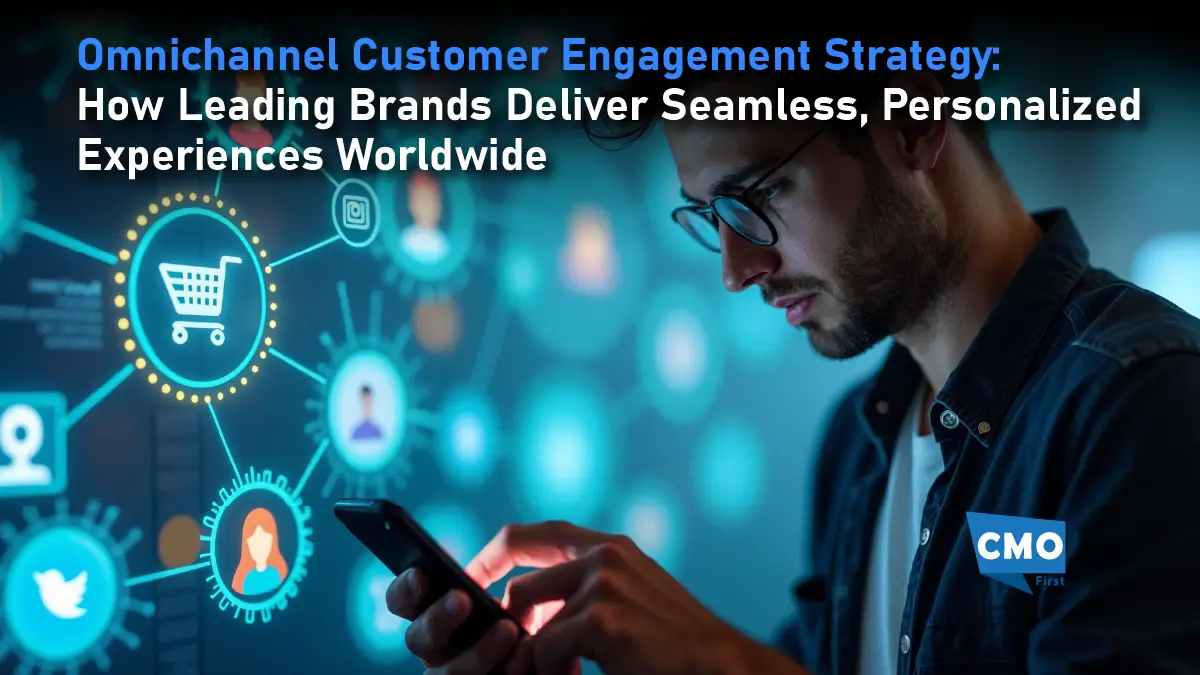
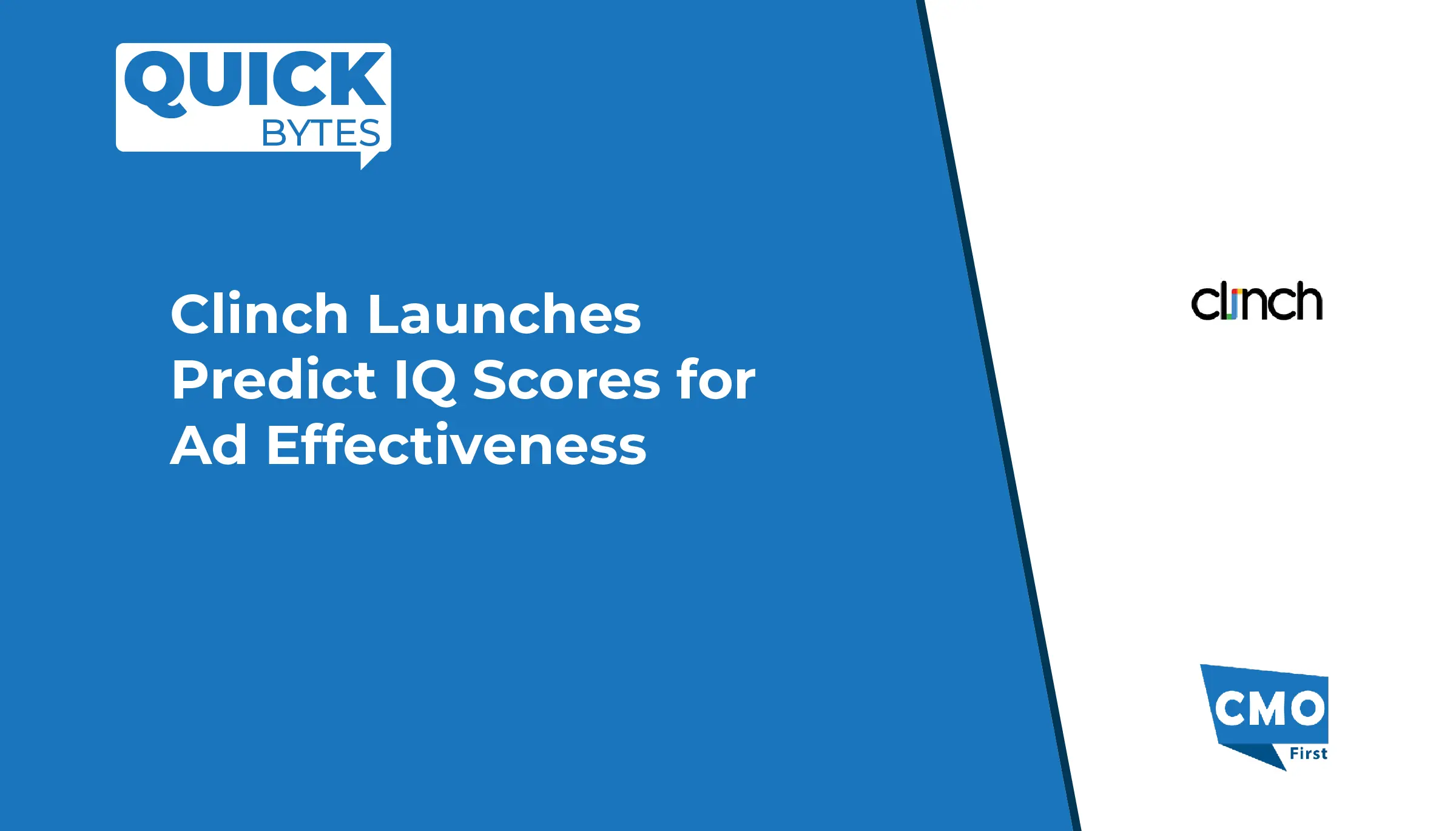


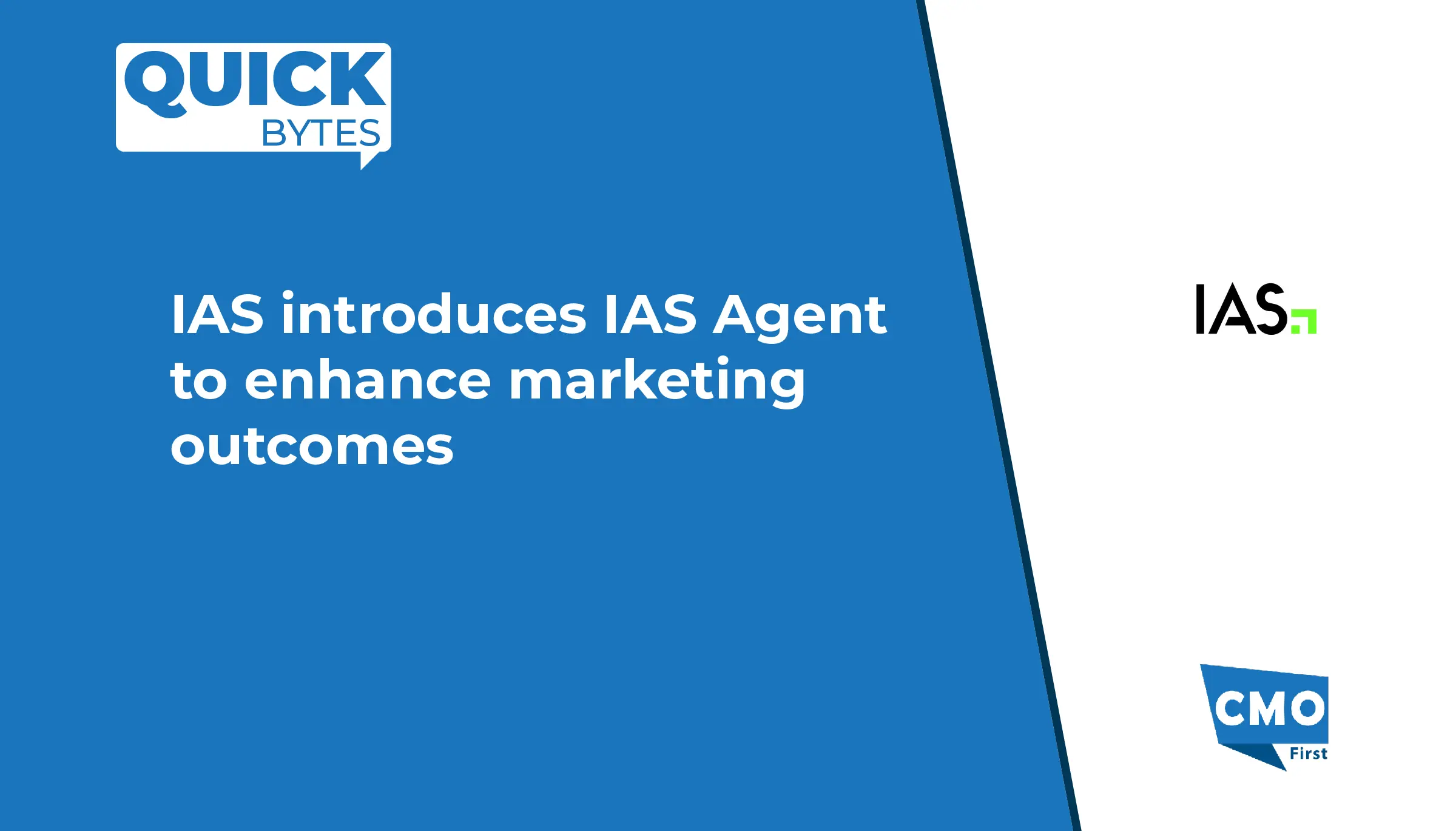
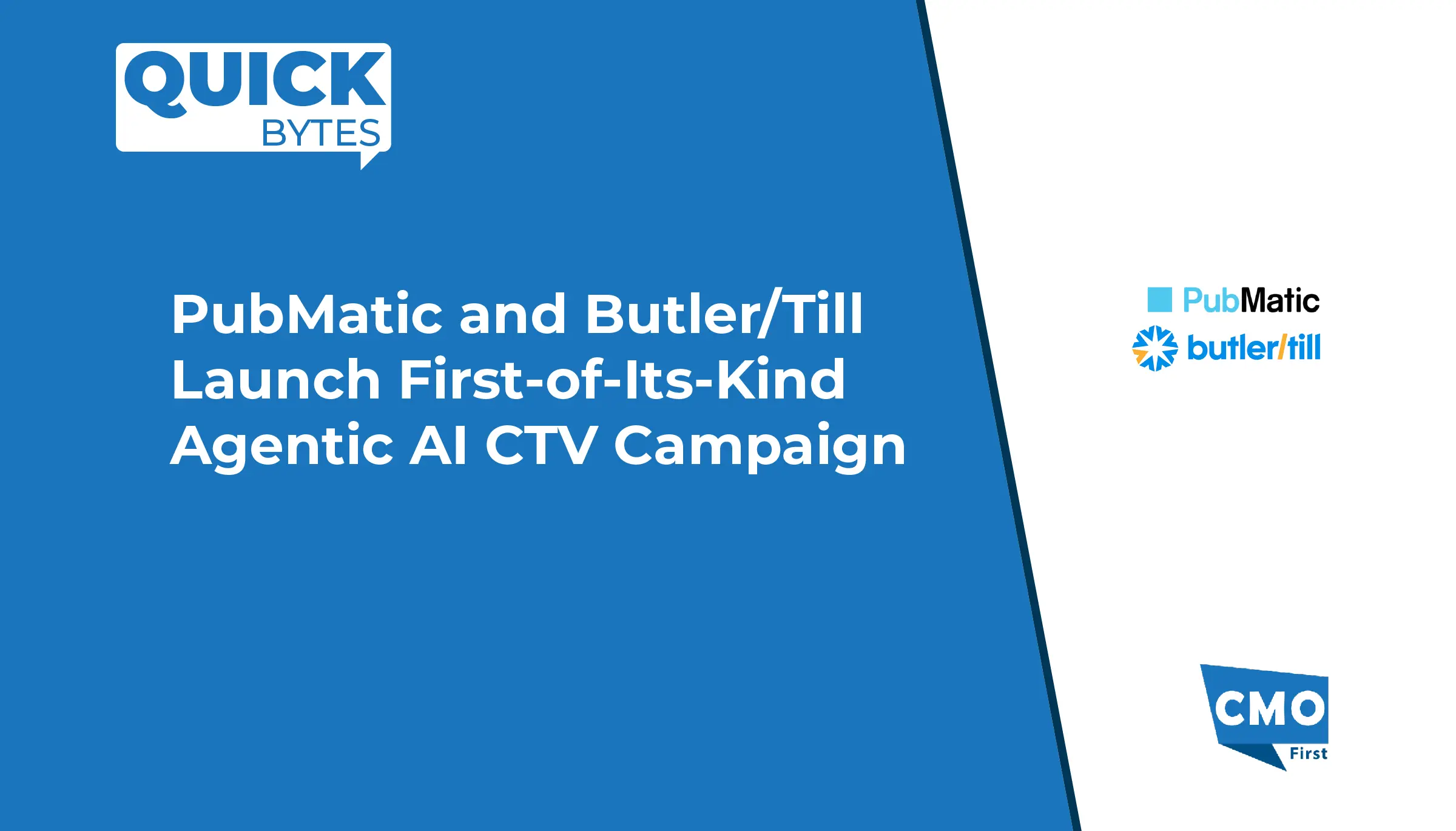




Leave a Reply